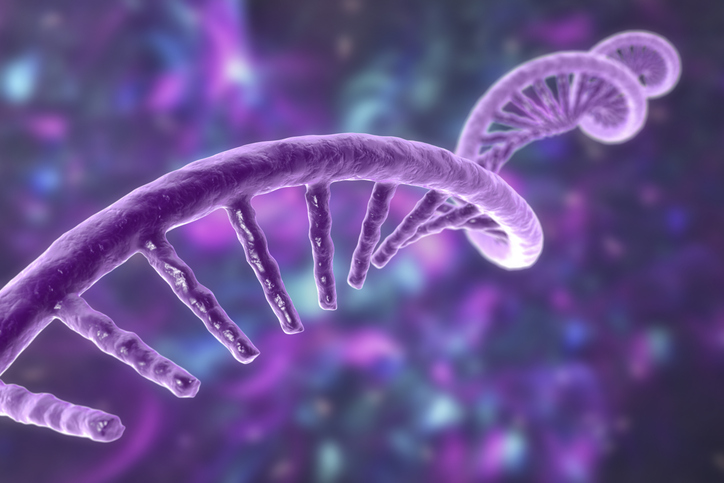In RNA molecules, the 5′ untranslated region (UTR) is located directly upstream of the start codon and plays a crucial role in post-transcriptional regulation by controlling RNA stability, cellular localization, and translation efficiency. While nearly 95% of disease-associated mutations occur in “non-coding regions,” including 5′ and 3′ UTRs, the lack of robust methods to measure the functional effects of non-coding variations limits our understanding of how these regions impact disease.
At the American Society of Human Genetics (ASHG) Annual Meeting 2025, researchers from Yale University and Stanford University presented a novel massively parallel reporter assay called Nascent Peptide-Translating Ribosome Affinity Purification (NaP-TRAP) to quantify the translational consequence of over one million 5’UTR variants identified across ~ 17,000 genes from UK Biobank and the Genome Aggregation Database (gnomAD).
Authors of the study include Yale researchers, Monkol Lek, PhD, associate professor term of genetics and Antonio Giraldez, PhD, professor of genetics, and Jonathan Pritchard, PhD, professor of genetics and biology at Stanford.
gnomAD includes the aggregation of 15,708 whole genomes and 125,748 exomes. These resources provide a catalogue of genetic variation to reveal potential functional impact, identify disease-causing mutations, and prioritize potential drug targets.
NaP-TRAP is an immunocapture-based method that enables sensitive measurements of protein output by capturing the mRNAs associated with actively translating ribosomes. By integrating NaP-TRAP with machine learning, the authors identified critical 5’UTR regulatory features and elements that modulate protein output, including functional effects of variants altering sequence motifs and novel 5’UTR structures that extend beyond well-characterized elements, such as upstream open reading frames (uORFs).
To provide insight into how these mutations may be tolerated in clinical contexts, the researchers uncovered “fail-safe” mechanisms in the 5’UTR that buffer against mutations in the start codon. The results map the translational impact of non-coding variants in the 5’UTR across disease-related genes and highlight candidate variants for further clinical studies.
Notably, variants with strong effects on translation in oncogenes and tumor suppressors are often catalogued as somatic variants in the Catalogue of Somatic Mutations in Cancer (COSMIC), highlighting the crucial role of 5’UTR variants in cancer biology.
Looking ahead, the researchers are using these results to develop a model to predict the effect of 5’UTR variation on protein expression to inform clinical genetics. The findings emphasize the need to focus on non-coding regions in the molecular interpretation of human disease.

